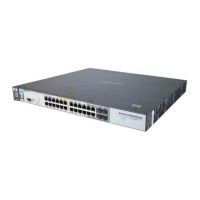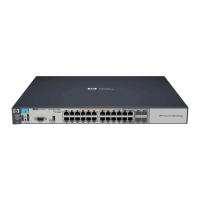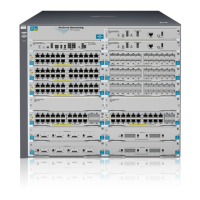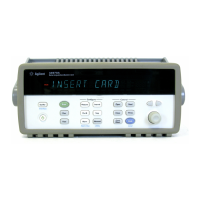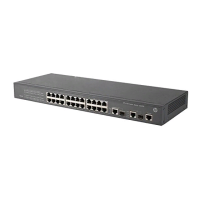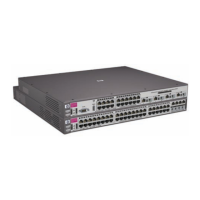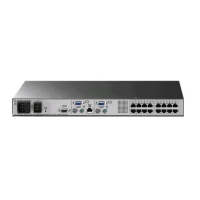6-59
RADIUS Authentication, Authorization, and Accounting
Accounting Services
yet configured the switch to use a RADIUS server, your server data has
changed, or you need to specify a non-default UDP destination port for
accounting requests. Note that switch operation expects a RADIUS server to
accommodate both authentication and accounting.
For example, suppose you want the switch to use the RADIUS server
described below for both authentication and accounting purposes.
■ IP address: 10.33.18.151
■ A non-default UDP port number of 1750 for accounting.
■ An encryption key of “source0151” for accounting sessions.
Syntax: [no] radius-server host < ip-address >
Adds a server to the RADIUS configuration or (with no)
deletes a server from the configuration.
[acct-port < port-number >]
Optional. Changes the UDP destination port for
accounting requests to the specified RADIUS server. If
you do not use this option, the switch automatically
assigns the default accounting port number. (Default:
1813)
[key < key-string >]
Optional. Specifies an encryption key for use during
accounting or authentication sessions with the speci-
fied server. This key must match the encryption key
used on the RADIUS server. Use this command only if
the specified server requires a different encryption key
than configured for the global encryption key.
Note: If you save the config file using Xmodem or TFTP,
the key information is not saved in the file. This
causes RADIUS authentication to fail when the
config file is loaded back onto the switch.
[encrypted-key <key-string >]
Encryption key to use with the RADIUS server, speci-
fied using a base64-encoded aes-256 encrypted string.
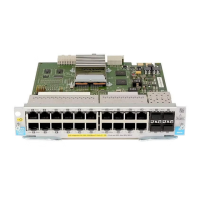
